There’s so much more to Easter than just chocolate eggs and bunnies. Here, we pay homage to the annual celebration with a look at 15 traditional Easter foods from around the world.
Hot cross buns

Probably the best-known Easter dish of all time – traditionally eaten in countries like the UK, Australia, New Zealand, South Africa and America – the hot cross bun is a lightly spiced, sweet bun that typically contains currants or raisins. A distinct feature is the marked cross on top. This is commonly believed to signify the crucifixion of Jesus. While hot cross buns were once reserved for Good Friday alone, we’re now able to get them at any time of the year.
Simnel cake
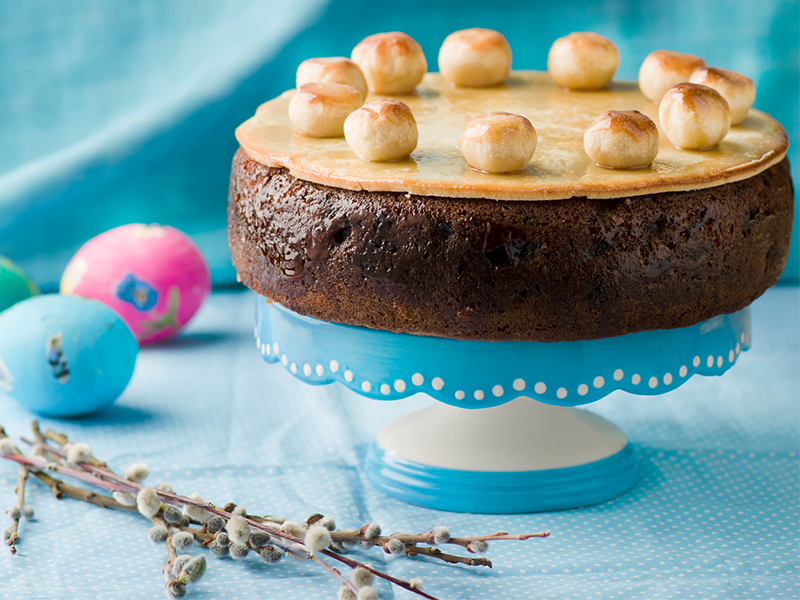
This dessert, popular in the UK and Ireland, is a light fruit cake filled with two layers – one in the middle and one on top – of almond paste or marzipan. Usually, eleven or twelve marzipan balls are used to decorate the cake, signifying the apostles.
Tsoureki
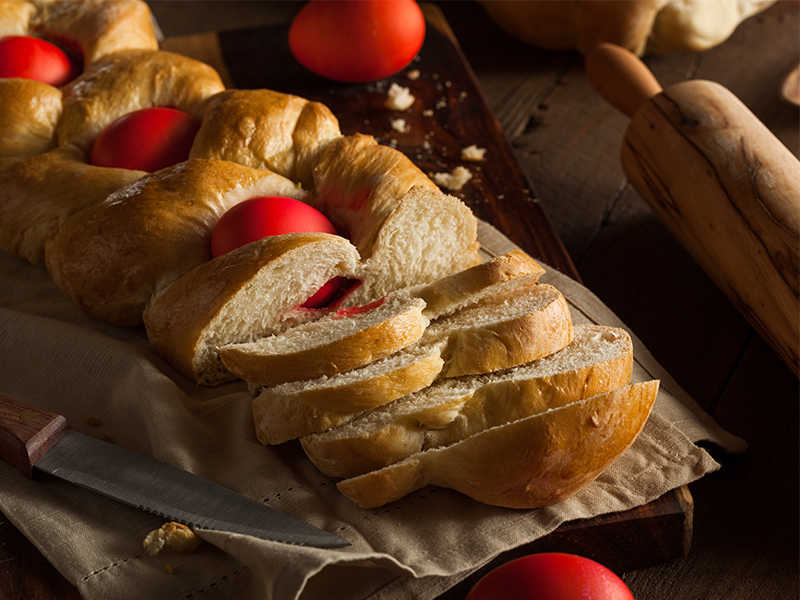
Traditionally served to break the Lenten fast, this braided, sweet, egg-enriched bread – also eaten in Hungary and the Czech Republic, among other countries – can come in savoury versions, too. Taste and texture-wise, it’s similar to brioche, panettone and challah bread: think soft and fluffy, yet slightly chewy.
Gubana
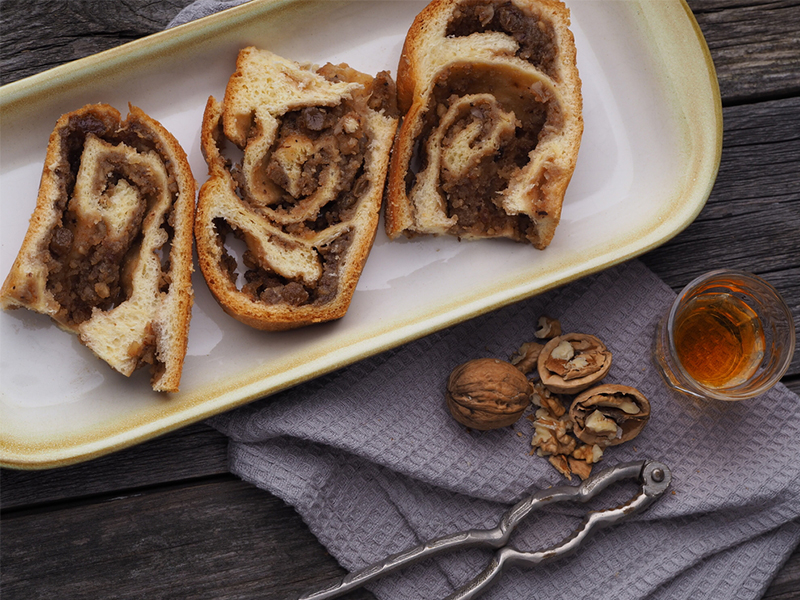
Apart from Easter, this traditional, round Italian bread is also made for Christmas and weddings. A cross between brioche and cake, gubana can be filled with nuts, raisins, chocolate and brandy.
Kulich
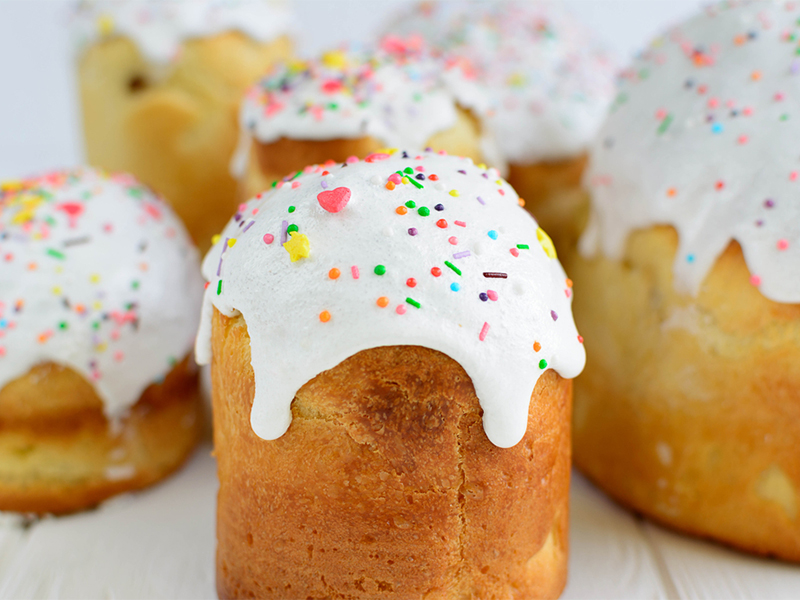
Eaten only between Easter Sunday and Pentecost (49 days after Easter), kulich, which is baked in tall, cylindrical tins, is decorated with white icing and colourful sprinkles or flowers; it has a similar recipe to the Italian panettone, and is blessed by the priest before consumption. Kulich is commonly eaten in countries such as Russia, Ukraine, Belarus, Romania, Bulgaria, Serbia and Georgia.
Fanesca

Typically served only during the Holy Week (one week before Easter), this rice soup consists of fig-leaf gourd, pumpkin and 12 kinds of beans and grains. The ingredients and preparation method can vary regionally, and from one family to another, but it’s often garnished with hard-boiled eggs, fried plantains and herbs.
Capirotada
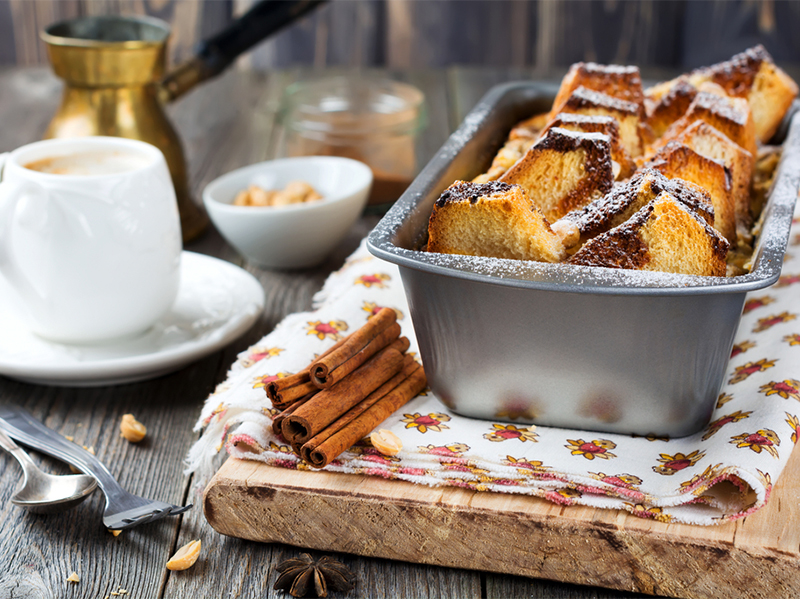
Usually eaten on Good Friday, this bread pudding-style dish comprises toasted bolillo (a baguette-like bread) soaked in a mulled syrup made of clove, cinnamon sticks and whole cane sugar. Nuts, seed, dried fruits and aged cheese are often added, too.
Cape Malay pickled fish

While there are varying tales around the recipe’s origins, pickled fish has been eaten in Cape Town for hundreds of years, since the Cape Colony. After it’s cooked, the fish is often left in the fridge for at least 24 hours, then served with salads, hot cross buns or crusty breads.
Mämmi
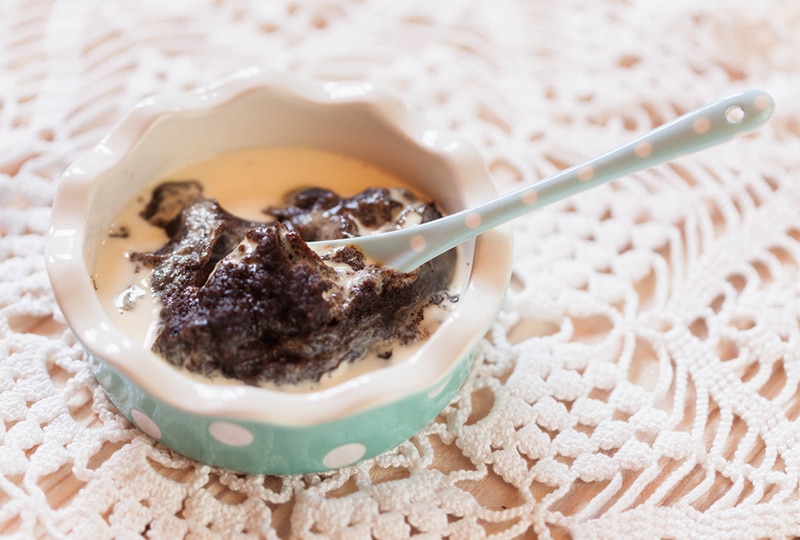
Usually served with cold cream and sugar, this traditional Finnish Easter dessert is made from rye flour, molasses, salt and powdered orange zest, using a long sweetening and setting process.
Pashka

This festive pyramid-shaped dessert made from cheese is customarily decorated with the letters “XB” from “Christos Voskrese” which means “Christ is risen” in Russian.
Babka wielkanocna

The Polish version of kulich, this sweet yeast cake, which is also similar to Italian panettone, is usually decorated with almonds or rum-soaked raisins. It can also be glazed with vanilla or chocolate icing or left plain.
Tarta Pascualina
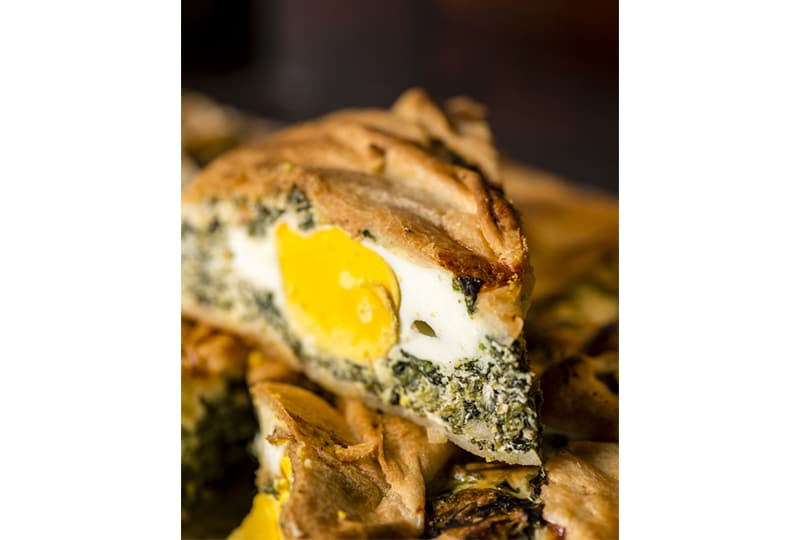
Similar to a quiche, this vegetarian “Easter time tart” is traditionally eaten during Lent. The puff pastry is filled with ricotta cheese, spinach and egg.
Hornazo
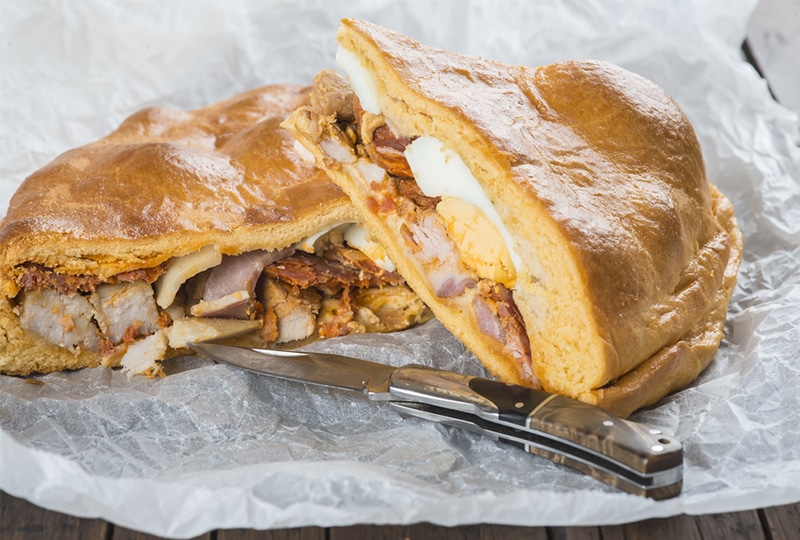
This meat pie is stuffed with pork loin, spicy chorizo and hard-boiled eggs. It’s eaten during Lent throughout Spain, particularly in Salamanca and Ávila.
Bun & Cheese
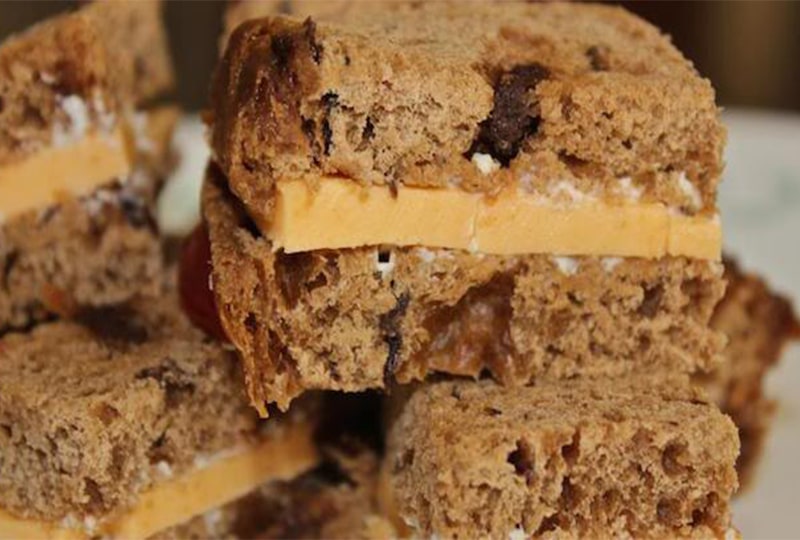
A twist on the hot cross bun tradition from the UK, the Jamaican bun and cheese has traditionally been eaten on Good Friday and Easter since the island nation was colonised by Britain in the 1600s.
Ma’amoul
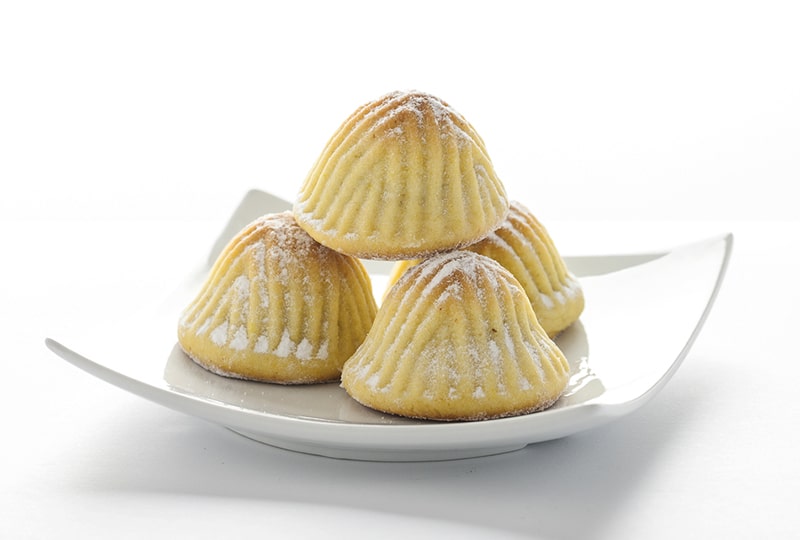
This ancient Middle Eastern semolina shortbread pastry is stuffed with pistachios, almonds or walnuts, and dates and figs, and moulded or stamped with geometric designs that represent Jesus.
Check out our Wine & Dine section for more stories like this.
Don't miss out on the latest events, news and
competitions by signing up to our newsletter!
By signing up, you'll receive our weekly newsletter and offers which you can update or unsubscribe to anytime.
